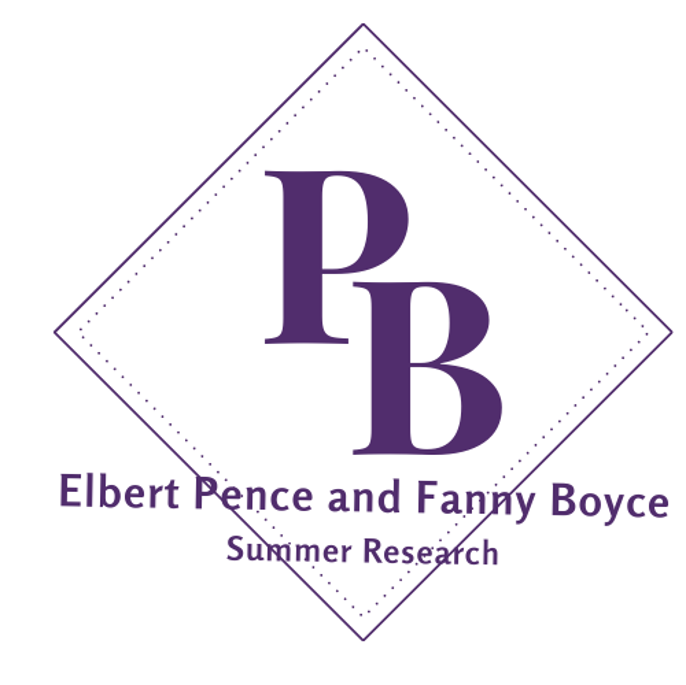Date of Award
Summer 2018
Degree Type
Thesis
Department
Biology
First Advisor
Ryan Himes
Abstract
Hexavalent chromium or Cr(VI) is a known carcinogen in human beings, though the exact mechanism of carcinogenicity is still unknown. The same chemical compound is also found at varying levels in the water sources of more than 200 million Americans. While the government currently regulates total chromium levels, they have yet to determine a permissible exposure limit for Cr(VI). There is currently no method of preventative treatment for the chemical. The focus of this study was to determine the mechanism of carcinogenicity of Cr(VI) as well as confirm the viability of antioxidants as a preventative treatment. Because of Cr(VI)’s strong oxidative power, we hypothesized that the chemical causes DNA mutation and cell death via oxidation and that antioxidants could prevent this from occurring. To test this theory, we exposed human cell culture to Cr(VI) and samples of Cr(VI) cotreated with either vitamin C or epigallocatechin gallate (EGCG). An Ames test was also performed to determine the mutagenicity of Cr(VI) as well as cotreatments of the toxicants with antioxidant. It was found that Cr(VI) is significantly toxic to cell culture at concentrations of 200 ppb (parts per billion) or more. Both vitamin C and EGCG blocked this effect at 10 ppm (parts per million) and 15 ppm, respectively. Neither antioxidant was observed to be cytotoxic when treated alone. Cr (VI) was also found to be significantly mutagenic at 20 ppb and up. This mutagenicity was significantly reduced by cotreatment with 20 ppm vitamin C at 200 and 2000 ppb Cr. Vitamin C was not found to be mutagenic when treated individually. With this combined data, we can conclude that hexavalent chromium is both cytotoxic and mutagenic via an oxidative mechanism and these effects can be abrogated by antioxidants. Though continued study is merited, this information further validates the protective potential of antioxidants.
Recommended Citation
Mayotte, Timmy, "Hexavalent Chromium Toxicity on Human Epithelial Cells and Protection by Ascorbic Acid and Epigallocatechin Gallate" (2018). Pence-Boyce STEM Student Scholarship. 6.
https://digitalcommons.olivet.edu/pence_boyce/6



Comments
Research funded by the Ebert Pence and Fanny Boyce Undergraduate Summer Research Experience Grant